Brooklyn painting contractor
Looking for a reliable and skilled painting contractor in Brooklyn? Look no further than Skimcoat Painting. Our team of experienced professionals will provide top-notch service and quality results for all your painting needs. Contact us today for a free quote!
With years of experience in the industry, our team of skilled painters is committed to providing high-quality workmanship and exceptional customer service. Whether you need interior or exterior painting, residential or commercial projects, we have the expertise to handle all painting needs with precision and care.
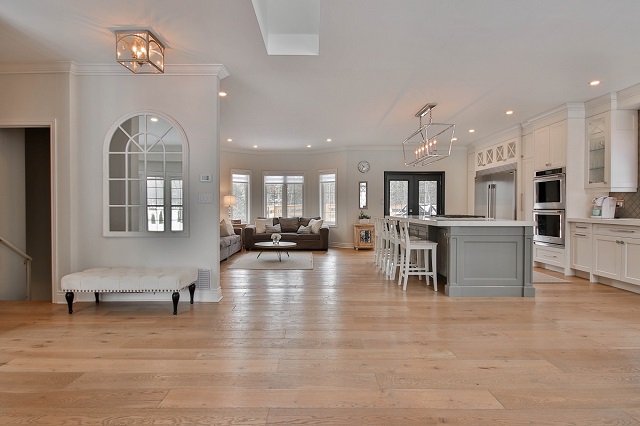

Why paint your apartment?
Apartment painting is one of the most frequent home projects and for good reason! You can make your space look completely different with just a fresh paint and new color. Painting your apartment offers so many benefits that it should be the first thing on your to-do list when moving into a new place.
Painting process
1. Job preparation: drop cloths, tape, plastic, remove electric outlets, cleaning dust from surfaces.
2. Preparing surfaces: This may need scraping, sending, filling holes, open and repair cracks, plastering and skim coating walls.
3. Patch holes and cracks with plaster and caulk.
4. Ensure that surfaces are not susceptible to moisture by sealing cracks and corners where building materials meet.
5. After a surface is clean and ready for paint, you should apply primer.
6. Color selection: It’s up to the you, to create the appearance of your desire.
7. Painting: ceiling, walls, trims, doors, windows, closets.
8. Cleaning after finish
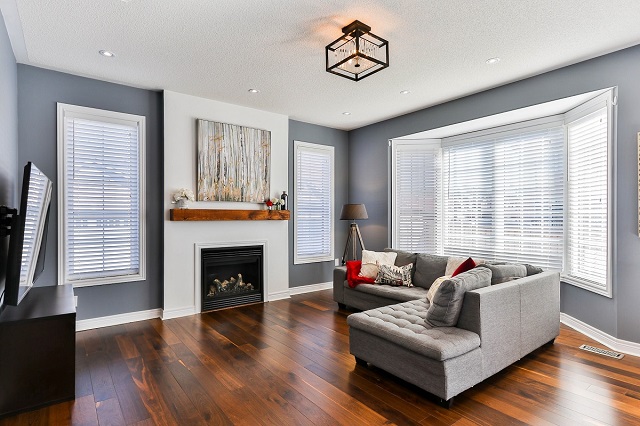
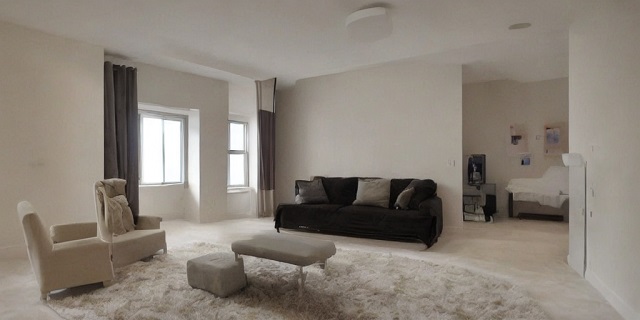
About Us
Skimcoat Painting is a reputable painting company in Brooklyn with a strong commitment to delivering high-quality painting services to our clients. With years of experience in the industry, our team of skilled painters combines expertise with a passion for customer satisfaction. We understand the importance of transforming spaces through color and strive to exceed expectations with every project we undertake.
Whether inside your apartment, home or your business, we take on any sort of interior project you have in mind. It does not matter if you are interested in repair an old wall in your living room or a new coat of paint all through you complete house, we can handle a project of any length or size.
Repainting Rental Apartments
This type of painting usually done for property owners, superintendents, managers and tenants. Apartment are vacant and painted with the same color throughout. The color is usually standard off white gradations and must be close to existing old color to achieve one coat application. Typical one or two bedroom apartment could be painted in a day or two.
Residence Painting
Most typical job. Ceilings, walls and sometimes each room and place painted with different colors. Much higher requirement for surface preparation. Detailed thorough painting, primer or two coats application is required.
Custom jobs
Most expensive job, one that requires detailed surface preparation and/or using custom colors with deep pigment, which sometimes required three coats application for desired result. The client expects top quality and is willing to pay the price.
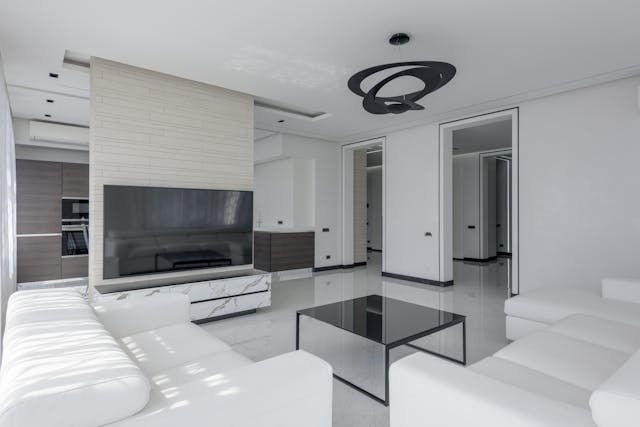
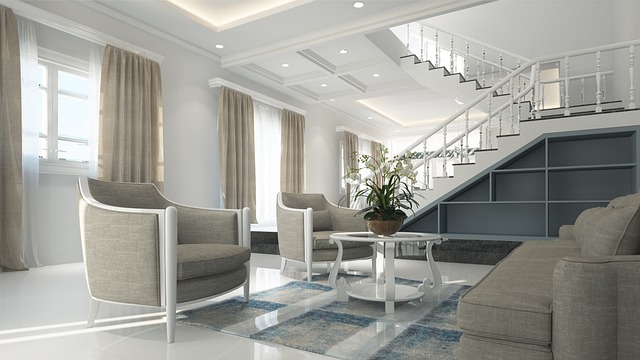
Our Services
Our painting services encompass a wide range of options tailored to meet our clients’ diverse needs. From interior to exterior painting, our skilled team of professionals is well-versed in bringing your vision to life with precision and expertise.
Additionally, we offer specialized services such as color consultations to help you select the perfect palette for your space, as well as wallpaper removal and installation to give your walls a fresh new look. Whether it’s a residential or commercial project, our painting services are designed to enhance the aesthetic appeal and value of your property.
Why Choose Us
We are a professional painting company, not a house improvement firm which provides painting as one other several services. We are a trusted painting contractor offering an extensive selection of services to our clients. We offer exceptional painting services to commercial and residential customers.
With our services we offer consultation on materials, colors, priming surfaces, plastering, repair any damage and budget before we take the job of painting your home or commercial properties. We prepare and paint interior of homes and apartments. We also work on commercial properties. Also our job include removing old paint, priming surfaces, choosing materials, selecting and mixing colors and cleaning up job sites. Our skilled painter and plasterer complete the job on time, delivering a satisfying painting experience.
Our Past Painting Projects in Brooklyn
Our skilled team of painters has successfully completed a wide range of residential and commercial projects, demonstrating our commitment to delivering top-notch results. From interior painting jobs that breathe new life into living spaces to exterior projects that enhance curb appeal, our portfolio speaks volumes about our dedication to excellence.
Hear from Our Satisfied Customers
Read what our satisfied customers have to say about their experience with Skimcoat Painting. “Professional,” “reliable,” and “meticulous” are just some of the words used by our clients to describe our painting services. Our attention to detail and commitment to delivering top-quality results have earned us glowing reviews from homeowners and businesses alike in Brooklyn.
I know Joseph more the 10 years. He painted and plastered 5 places for me. His job is professional, clean, with very reasonable price. I will need wallpaper job this summer, so I just call him to do it for me. This company is highly recommended.
- Kate Grout, Brooklyn, NY
I hired Skimcoat Painting company for repair and skim coat of my three bedroom apartment. I got my apartment plastered and painted. Very satisfied, walls as good as new. Will hire again.
- Tatiana, Brooklyn, NY.
Joseph very good painter. He with his crew repaired and painted entire apartment. Looks great, very fast, clean and professional. Apartment like new. Will hire again.
- Peter Lugovoy, Brooklyn, NY
Customers appreciate our dedication to excellence and the seamless painting process we provide. With a focus on clear communication, timeliness, and respect for your space, our team consistently exceeds expectations. From interior painting projects to exterior makeovers, our customers trust us to bring their vision to life with skill and precision.
Our Process
Upon engaging our painting services, you can expect a meticulously planned process designed to deliver exceptional results. First and foremost, our experienced team will conduct a thorough assessment of the project area to determine the scope of work needed. Following this initial evaluation, we will provide a detailed proposal outlining the timeline, materials required, and cost estimates for your approval. Our goal is to ensure transparency and clear communication every step of the way.
Once the project details have been agreed upon, our skilled painters will begin prepping the space by protecting furniture, fixtures, and flooring to prevent any damage during the painting process. Surface preparation is a crucial step in achieving a flawless finish, and our team will meticulously sand, fill, and prime the walls as needed. With precision and care, we will expertly apply the chosen paint color using professional techniques to achieve a smooth and even coat.
Service Areas: Locations We Serve
Our professional painting services cover a wide array of locations across Brooklyn, ensuring that we can cater to a diverse range of clients in the borough. From the artistic neighborhoods of Park Slope to the vibrant streets of Williamsburg, our experienced team is equipped to enhance any residential or commercial space with a fresh coat of paint. With a keen eye for detail and a commitment to quality, we bring our expertise to every corner of Brooklyn, including the bustling areas of Downtown Brooklyn and the peaceful surroundings of Brooklyn Heights.
Whether you reside in the bustling cityscape of Bushwick or the serene ambiance of Greenpoint, our painting services extend to all corners of Brooklyn. From the historic brownstones of Fort Greene to the modern buildings of Downtown Brooklyn. Our dedicated team is ready to transform your living or working space in Brooklyn Heights, Crown Heights, or any other neighborhood in the borough, ensuring a top-notch painting experience that exceeds expectations.
Request a Quote: Contact Us for a Free Painting Estimate
Looking to transform your space with a fresh coat of paint? Our professional team is here to provide you with top-notch painting services. Whether you’re looking to revamp your interior or exterior, our experienced painters can handle any project with precision and expertise. Contact us today to request a quote and receive a free painting estimate tailored to your specific needs.
FAQs: Answers to Common Questions About Painting Services
Common questions often arise when considering hiring a professional painting contractor.
One frequently asked question is about the types of paint finishes available for different surfaces.
It is important to know that flat, eggshell, satin, semi-gloss, and high-gloss are some of the common options, each tailored to specific needs and preferences.
Another common query revolves around the durability of paints and their resistance to fading, especially in high-traffic areas or under direct sunlight.
Professional painters recommend using high-quality, UV-resistant paints to ensure long-lasting color vibrancy and protection against external elements.
A crucial aspect that clients often seek clarity on is the estimated completion time for a painting project.
The duration can vary depending on the size of the project, surface preparation needed, number of coats required, and drying time between coats. A professional painting contractor will provide a detailed timeline based on these factors to ensure efficient and timely completion of the project.
Additionally, questions about the safety precautions taken during the painting process, such as ventilation, containment of paint fumes, and cleanup procedures, are common.
Professional painters prioritize safety measures to create a healthy and secure environment for both the occupants and the painters themselves.
